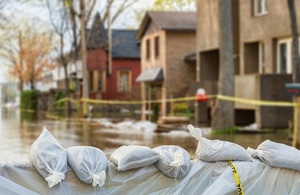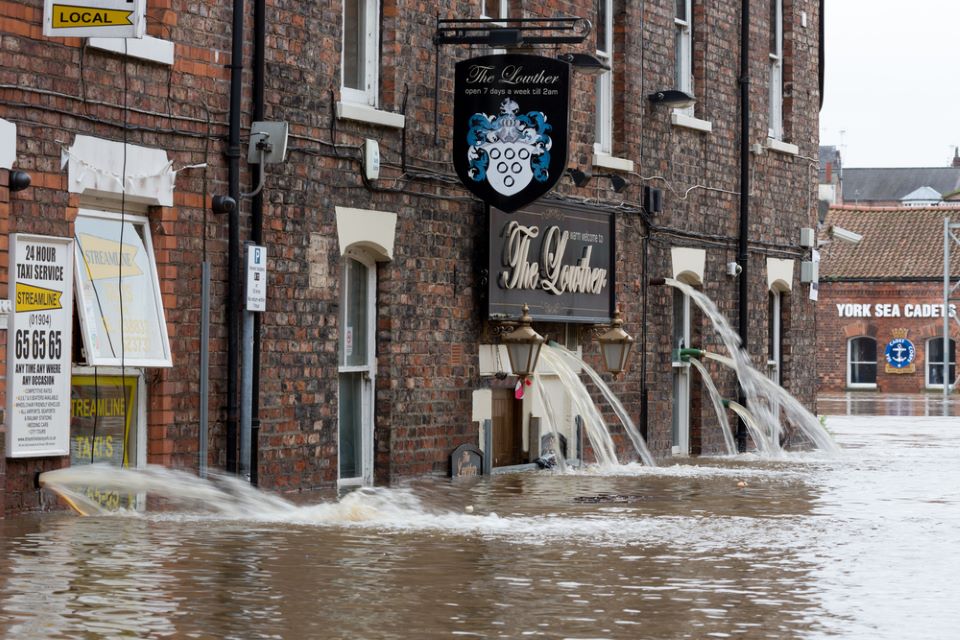GAD reviews Flood Re's first self-assessment
GAD has analysed the first Quinquennial Review of the reinsurance company Flood Re, which is a joint initiative between the insurance industry and the government.

The Government Actuary鈥檚 Department (GAD) has analysed the first . The organisation is a joint initiative between the insurance industry and the government.
Affordable insurance
Flood Re, established by the Water Act 2014, is a reinsurance company which aims to make the flood cover part of household insurance policies more widely available and affordable.
The scheme is funded by home insurance providers who must pay into Flood Re. Householders buy their home insurance in the usual way and in turn Flood Re covers flood risks.
The organisation sets out several plans to make the UK more resilient to flooding. It has a range of proposals including, for example, its suggested approach to . This is where claims payments can include an additional amount for resilient or resistant repair beyond the cost of original damage.
On 14 July 2020, the government announced to the Flood Re scheme 鈥� some which go further than Flood Re鈥檚 proposals. Subject to consultation, these will aim to improve the efficiency and effectiveness of the Flood Re scheme and encourage greater uptake of Property Flood Resilience among UK households at high risk of flooding.
GAD鈥檚 work
As part of its remit, Flood Re is required to review its work at least once every 5 years and report the results to the government. The 2019 Quinquennial Review (QQR) was its first such assessment. It was carried out before the end of the 5-year period and reported in July 2019.
GAD reviewed the detailed supplemental report 鈥楢ctuarial Analysis of QQR Proposals鈥� on behalf of the Department for Environment, Food and Rural Affairs. We scrutinised and reviewed the methodology and assumptions Flood Re applied in its QQR testing.

Feasibility testing
Nick Clitheroe, who oversaw GAD鈥檚 review said: 鈥淭his was an important milestone for Flood Re. It marked the midway point of the organisation鈥檚 first 5 years. It also set out recommendations and plans for the second QQR period from 2021 to 2026.
鈥淲e analysed and tested the feasibility of the package of proposals. We found that based on the modelling and wide range of scenarios, the financial elements of the QQR recommendations are affordable.
鈥淕AD鈥檚 role was central to the financial probity of Flood Re鈥檚 Quinquennial Review. We also looked at investment proposals and agreed with Flood Re that some changes could help mitigate the impact of inflation.鈥�